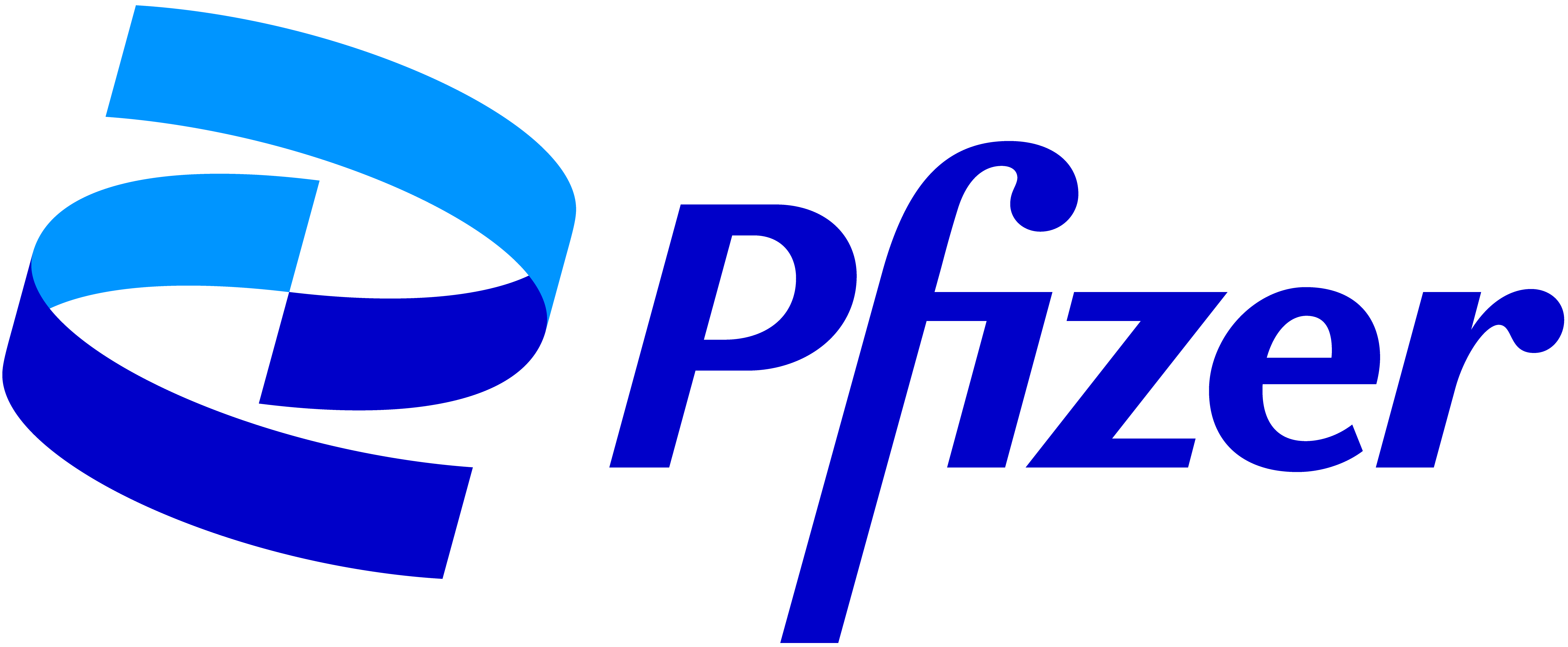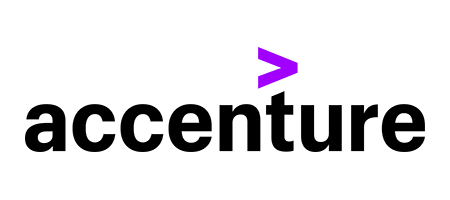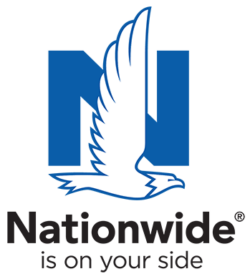
How Inclusive Is Your Field of Work?
Employees Around the Globe in 15 Job Functions Reveal Their Experiences
Authors: Emily Shaffer, PhD and Brittany Torrez, PhD
Leveraging Data to Identify “Hot Spots” and Customize Your Inclusion Strategy
![]()
Diversity, equity, and inclusion (DEI) efforts can’t be approached in a one-size-fits-all fashion. Whether your company is a large, multinational organization or a startup with a small, distributed team, taking a nuanced approach to your DEI strategy helps to ensure that employees at all levels, departments, and backgrounds have positive experiences.
We know from companies like Unilever that identifying “hot spots,” or the job functions, regions, or business units with the most opportunity for improvement, can be critical for solving inclusion issues. Using workforce metrics to identify the hot spots within your organization can be a game changer for companies trying to identify how best to allocate limited resources.
Here is data from nearly 20,000 employees around the world in 15 different job functions. We define job function as the primary role or area in which a job is situated within an organization. By examining inclusion through the lens of job function, organizations can identify their own hot spots and more deeply understand how inclusion is shaped by the norms and interactions that employees experience every day. Drilling into the data allows you—and your organization—to focus efforts to build an inclusive workplace.
- Only 42% of employees across all job functions report experiencing inclusion at work.
- Though experiences of inclusion are higher in some job functions than others, the number of employees who experience inclusion is less than 50% in every function.
- In five of the job functions we studied, only about one-third of employees report experiencing inclusion at work: Consulting, Engineering, Teaching/Training, Healthcare Delivery, and Social Service Delivery.
Previous Catalyst research identified five hallmarks that characterize inclusion.
Feel
Authentic
The ability to bring your full self to work and express aspects of yourself that may be different from the majority of your colleagues.
Feel
Trusted
The experience of being a contributing member within your organization—feeling both trusted and involved in decision-making processes at work.
Feel
Valued
Feeling appreciated and respected among colleagues for your unique perspectives and talents.
Psychological Safety: Latitude
Feeling free to hold different views and make mistakes without being penalized, rejected, or viewed as a troublemaker.
Psychological Safety: Risk-taking
Experiencing a sense of security when addressing tough issues at work, asking for help, and taking risks.
It’s possible for employees to experience one hallmark of inclusion while not experiencing another. The totality of these hallmarks is what ultimately determines whether or not employees experience inclusion, so the absence of even one facet can have a detrimental effect on employees’ ability to belong, contribute, and thrive at work. It’s important to carefully consider and measure inclusion in a nuanced way in order to identify strengths and areas of opportunity.

Take a More Detailed Look
![]()
Explore the interactive graphs below to see how the five hallmarks are experienced within each job function. Use the data to make a targeted plan for improving experiences of inclusion for employees in each job function. Examine the job functions that are most relevant to your organization to determine where your efforts might be well spent. For example, our data show that employees in Consulting report lower authenticity than average, while those in Human Resource Management have higher scores. Consider what practices, norms, and procedures are in place in job functions with higher levels of inclusion and determine if and how you can implement them in functions that need more help.
Results by Gender
![]()
How do women and men experience inclusion in these job functions? Though patterns do vary, in most job functions men experience inclusion at higher rates than women.
- Explore the interactive graphs below to see the details of how gender impacts experiences of inclusion within each job function. Layer this data onto your targeted plan by function to customize it even further.
Additional Resources
Unilever: How We Achieved Gender Balance in Management and Inclusion (Blog Post)
Aline Santos, Global Chief Diversity and Inclusion Officer, shares the steps Unilever has taken.
Getting Real About Inclusive Leadership (Report)
Catalyst research demonstrates the role managers play in creating inclusive workplaces and highlights the elements of inclusive leadership.
The Trust Gap: The Impact on Employees in Europe (Report)
A new report from Catalyst reveals that only 46% of employees in Europe report often or always being trusted at work.
5 Strategies to Promote Inclusion: A Manager’s Playbook (Tool)
An important part of managing a team is making each member feel included. With this tool, you’ll learn how.
How We Lead With Inclusion Through Crisis: Covid-19 Response Stories From Catalyst Supporters (Practices)
Learn how Catalyst Supporter organizations are leading with inclusion and reimagining the future of work as the result of the disruption caused by the Covid-19 pandemic.
Lead Outward and Lead Inward to Build an Inclusive Workplace (Infographic)
There are six core behaviors of inclusive leaders that drive results and create psychological safety for employees.
Demographics
![]()
Job Function
24%
Marketing and Sales
15%
Administration/General Management
14%
Finance/Accounting/Purchasing
13%
Operations Management
/Manufacturing
8%
Computer/Information Systems Management
6%
Engineering
4%
Human Resource Management
4%
Research and Development
3%
Consulting
2%
Teaching/Training
2%
Legal
2%
Consumer Affairs/Public Relationships
1%
Healthcare Delivery
1%
Social Service Delivery
<1%
Policy
Job Level
47%
Non-management level
27%
First-level management
15%
Second-level management
8%
Senior-level management
3%
C-level executive
Top Five Countries
19%
United States
18%
Canada
6%
United Kingdom
6%
India
6%
France
Age
41
Average
18–75
Range
Gender
45%
Women
53%
Men
1%
Other
Sexual Orientation
94%
Do not identify as LGBTQ+
6%
Identify as LGBTQ+
How to cite: Shaffer, E. & Torrez, B. (2023). How inclusive is your field of work? Catalyst.
Acknowledgments
![]()
We thank our Leading for Equity and Inclusion donors for their generous support of our work in this area.




The Coca-Cola Company
Dell Technologies
KeyBank
Kimberly-Clark Corporation
KKR
KPMG LLP
Raytheon Technologies Corporation
Edward Jones
Pitney Bowes Inc.